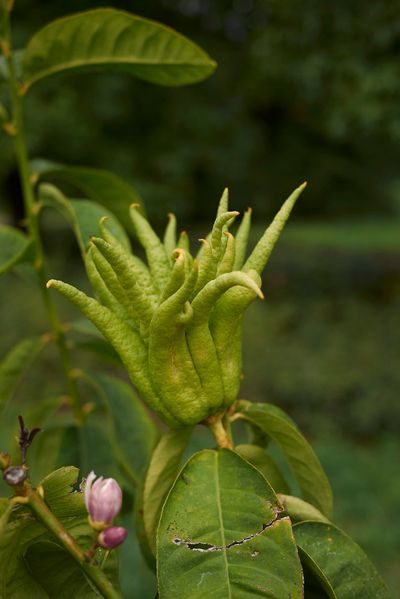Aside from those great reasons to grow the plant, this tree displays beautiful, showy blooms. Sometimes, for growers, you may experience buddha’s hand dropping flowers. Let’s see how to best go about avoiding buddha’s hand losing flowers.
How to Avoid No Flowers on Buddha’s Hand
If you grow the Buddha’s hand among your other citrus trees, you’ll expect the blooms in spring on most of them before the fruits appear. You have a valid concern when there are no flowers on buddha’s hand. Encouraging blooms on your tree begins long before it is time for flowers. When purchasing a buddha’s hand tree, look for one that is grafted. A grafted tree is more likely to flower early. The blooms on this specimen are twice the size of most citrus blooms, making the evergreen even more attractive. It is sturdy and attractive, growing in USDA hardiness zones 8 to 11. Plant the tree in the right location with full sun and protection from the wind. Appropriate fertilization encourages the biggest and showiest blooms, which then become the healthiest of fruit. Fertilization when buds are visible discourages premature buddha’s hand flower drop. Use citrus-specific fertilizer, or feed with a 10-10-10 product. Feed every six weeks for young trees. Increase the amount of food and time between feedings as the tree matures. If you’re just planting your buddha’s hand tree into the ground, work in a generous amount of organic and well-composted material as you prepare the planting hole. You may include pelleted, slow release fertilizer instead of feeding in stages. Other info about how to avoid blooms falling off buddha’s hand includes high humidity, which is said to encourage fruit growth, so it stands to reason that flowers prefer it as well. If your humidity is low, try placing buckets of water discreetly under the tree. If you’re growing buddha’s hand in a container, place it on a pebble tray filled with water. Nighttime darkness also contributes to proper flowering, so turn off those porch lights. You may cover the plant with a dark tarp at night, a few weeks before flowering is expected if you’re serious about getting the most abundant blooms.
